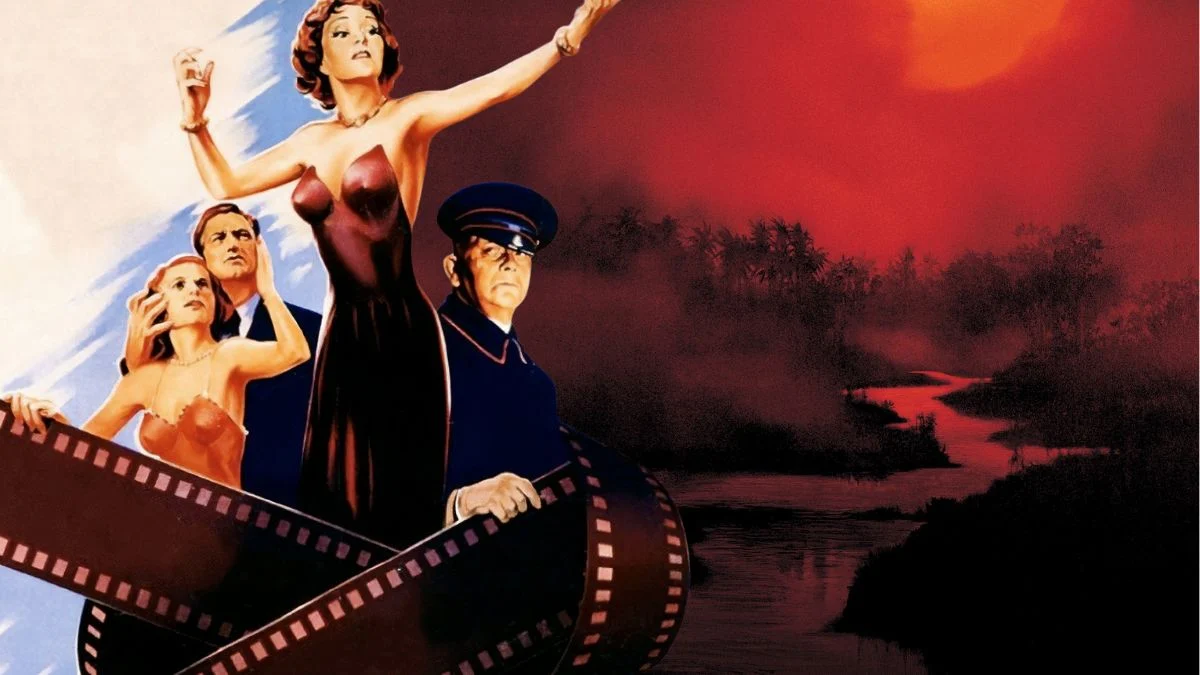
Voiceover can be a powerful tool in filmmaking, either enhancing a movie with beautiful language or slowing it down with too much explanation. When done well, voiceover adds depth and meaning, working with the visuals instead of simply telling the audience what’s happening. It can reveal a character’s thoughts, explore big ideas, or delve into memories, becoming a memorable part of the overall experience that stays with viewers long after the film ends.
‘Days of Heaven’ (1978)
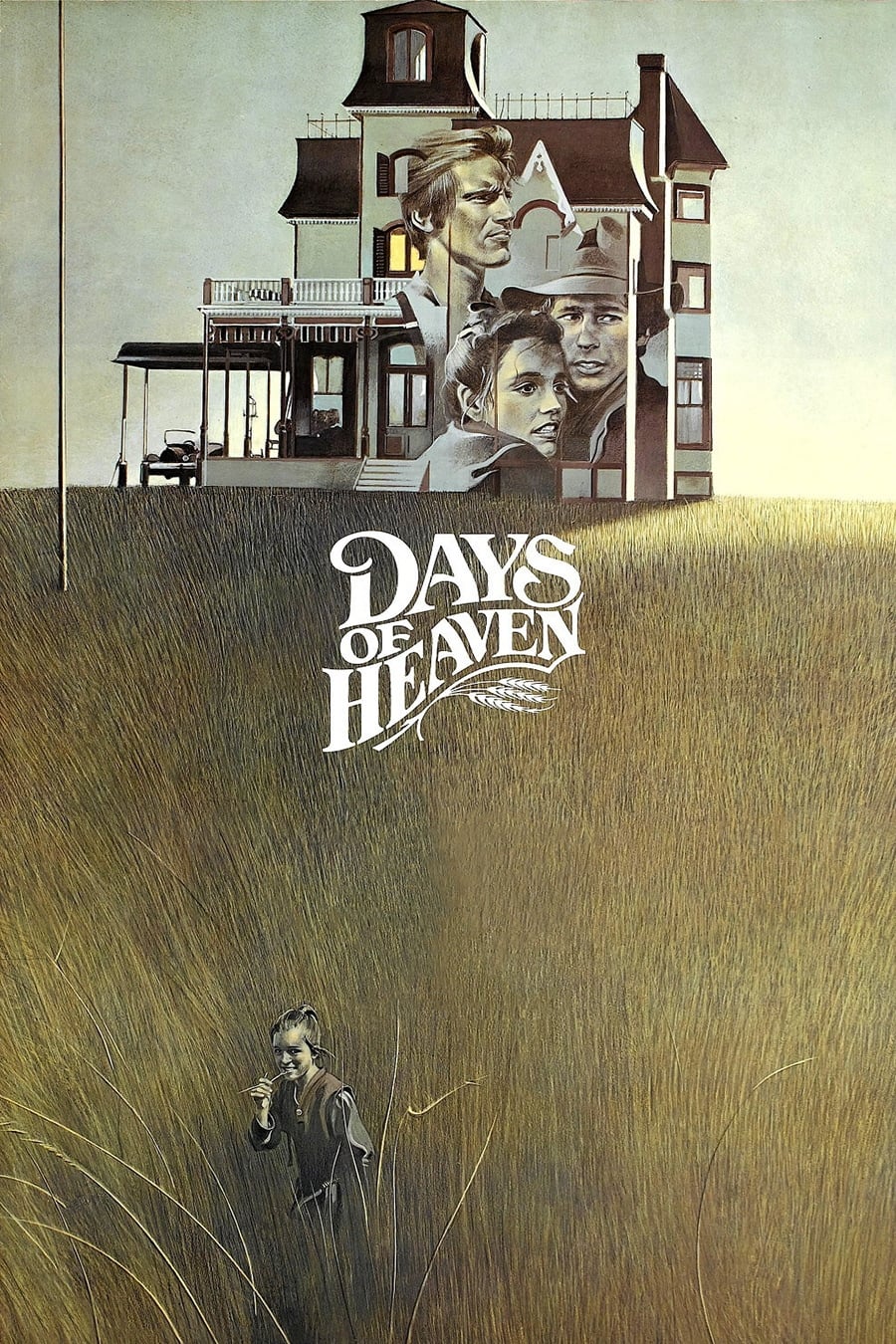
This heartbreaking love story, set in the Texas Panhandle, is told through the eyes of a young girl named Linda. Her simple, childlike voice provides a contrast to the complex emotions of jealousy and betrayal we see on screen. The narration feels like a beautiful, separate tune layered over the stunning visuals, adding to the film’s dreamlike quality. This approach lets us experience the story as if we’re witnessing a loss of innocence within a large, uncaring world.
‘Apocalypse Now’ (1979)
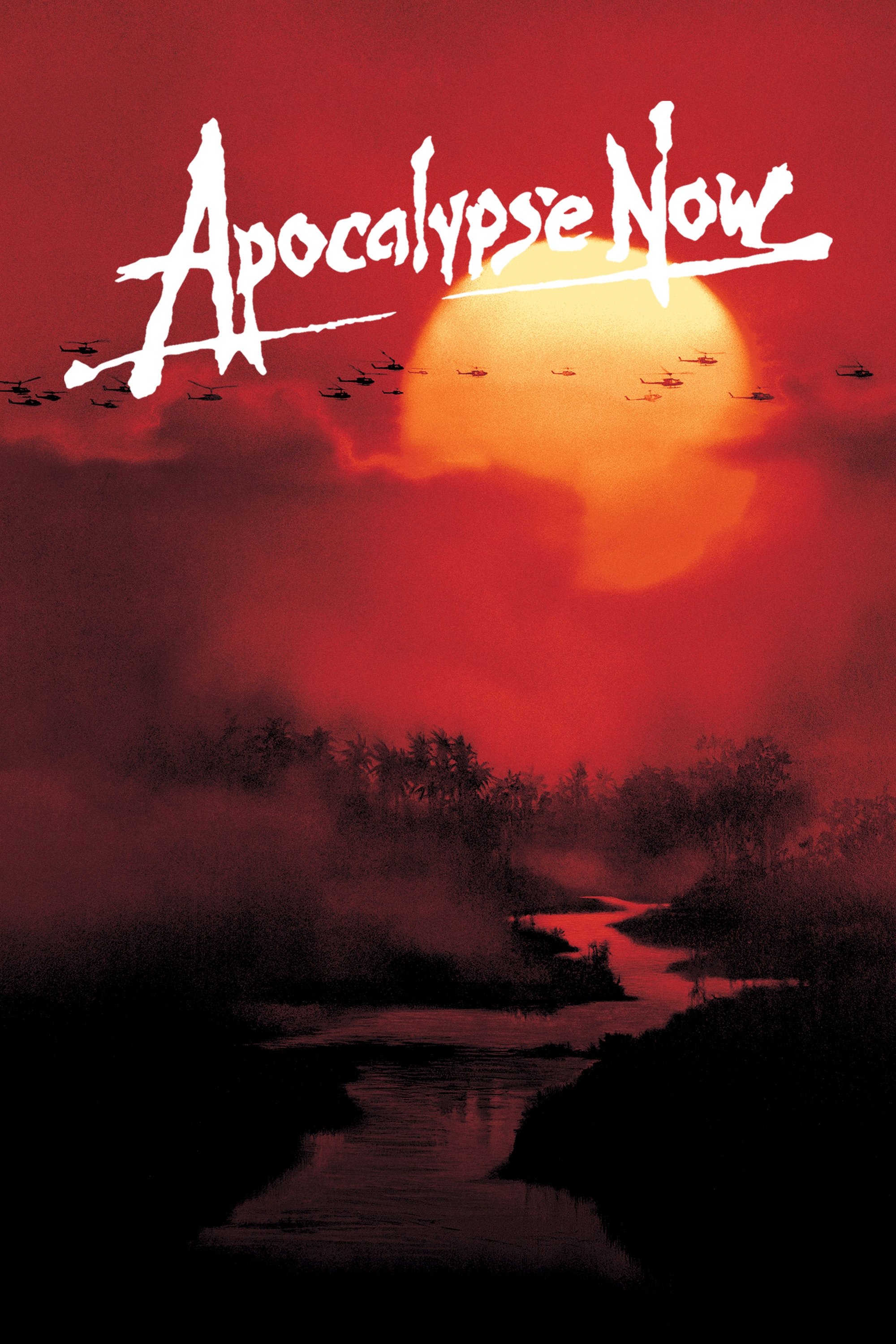
As Captain Willard travels up the Nung River with the mission to eliminate a renegade colonel, he offers a tired and disillusioned perspective. The storytelling style is reminiscent of classic noir films, and the characters often contemplate the meaning of war and sanity. Director Francis Ford Coppola uses Willard’s thoughts to connect the strange, dreamlike imagery with the character’s troubled mind. The eerie narration leads us through a disturbing exploration of human morality.
‘Wings of Desire’ (1987)
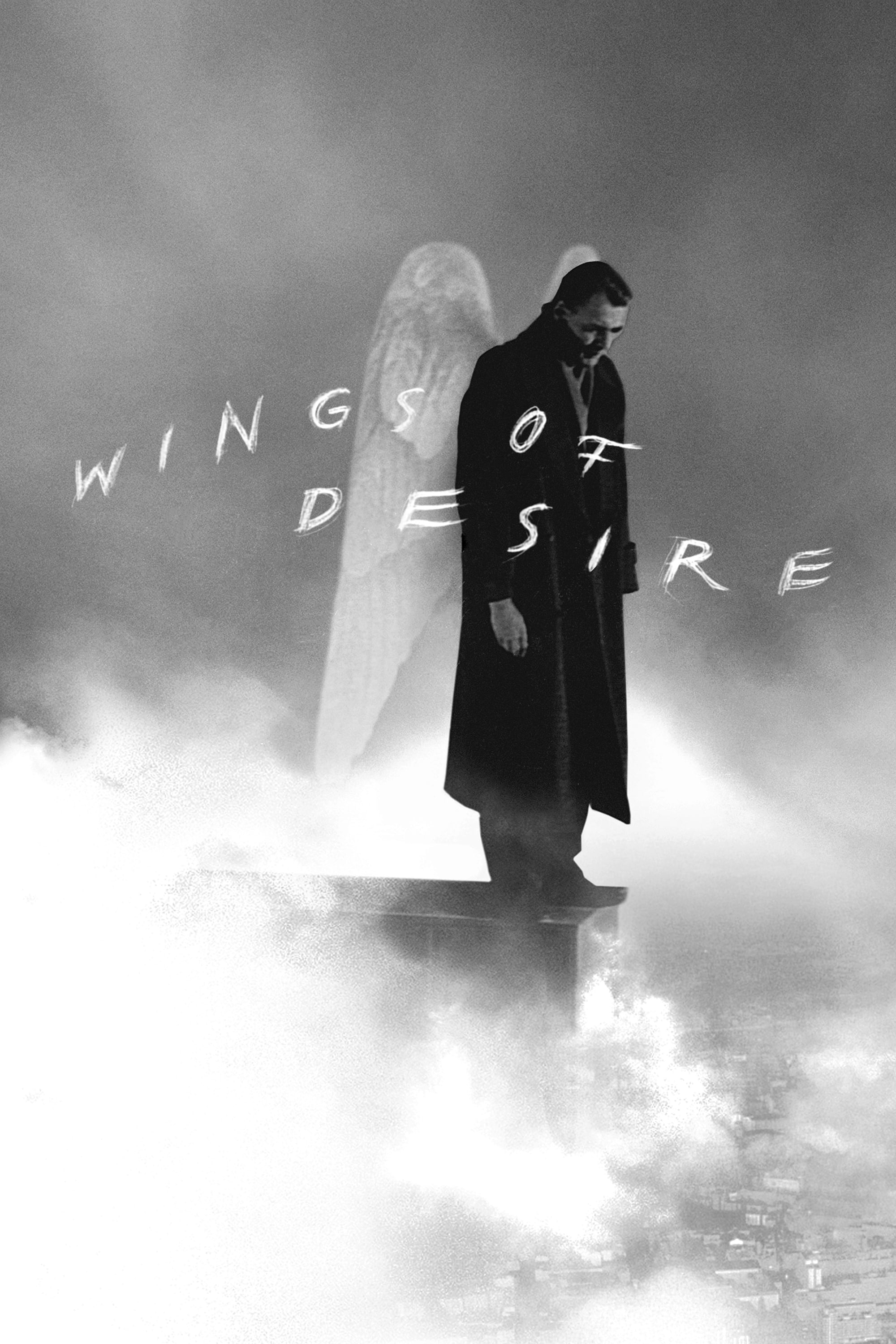
In divided Berlin, angels named Damiel and Cassiel observe humanity by listening to people’s thoughts. The film uses beautiful, poetic language to explore how fragmented memories feel and our deep desire for physical touch. Director Wim Wenders weaves together these internal voices, creating a sense of the city’s shared consciousness as it changes. Ordinary moments are transformed into thoughtful reflections on life and the passage of time.
‘The Thin Red Line’ (1998)
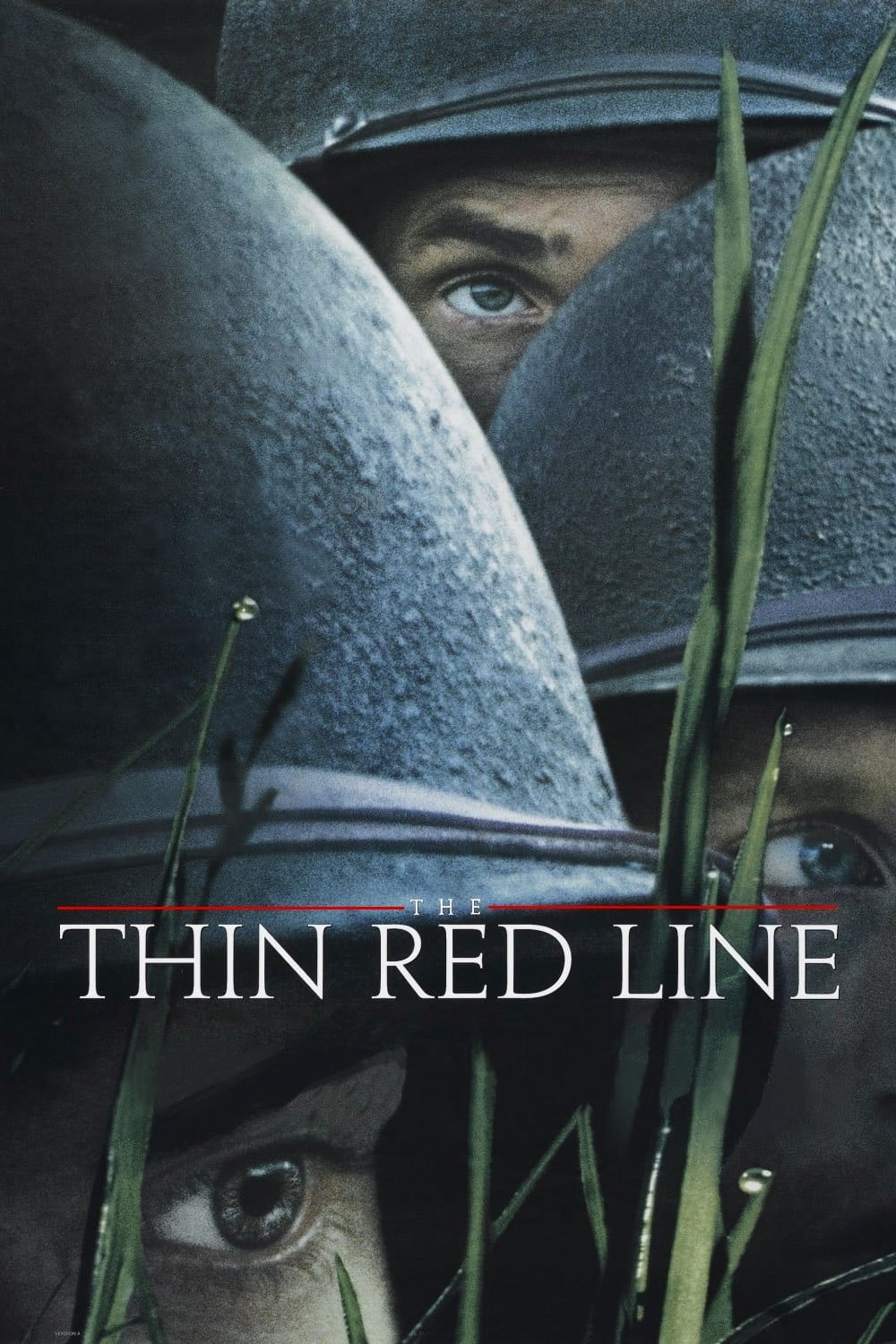
During the Battle of Guadalcanal, the film features the inner thoughts of several soldiers, who reflect on the devastation of both the natural world and the human spirit. Unlike most war movies, it doesn’t focus on battle strategies or patriotic displays, but instead explores deeper, philosophical questions. Director Terrence Malick blends these individual perspectives into a shared, almost prayer-like experience within the intense action of war. This contrast between brutal scenes and thoughtful reflection creates a powerful and unusual emotional impact.
‘The Assassination of Jesse James by the Coward Robert Ford’ (2007)
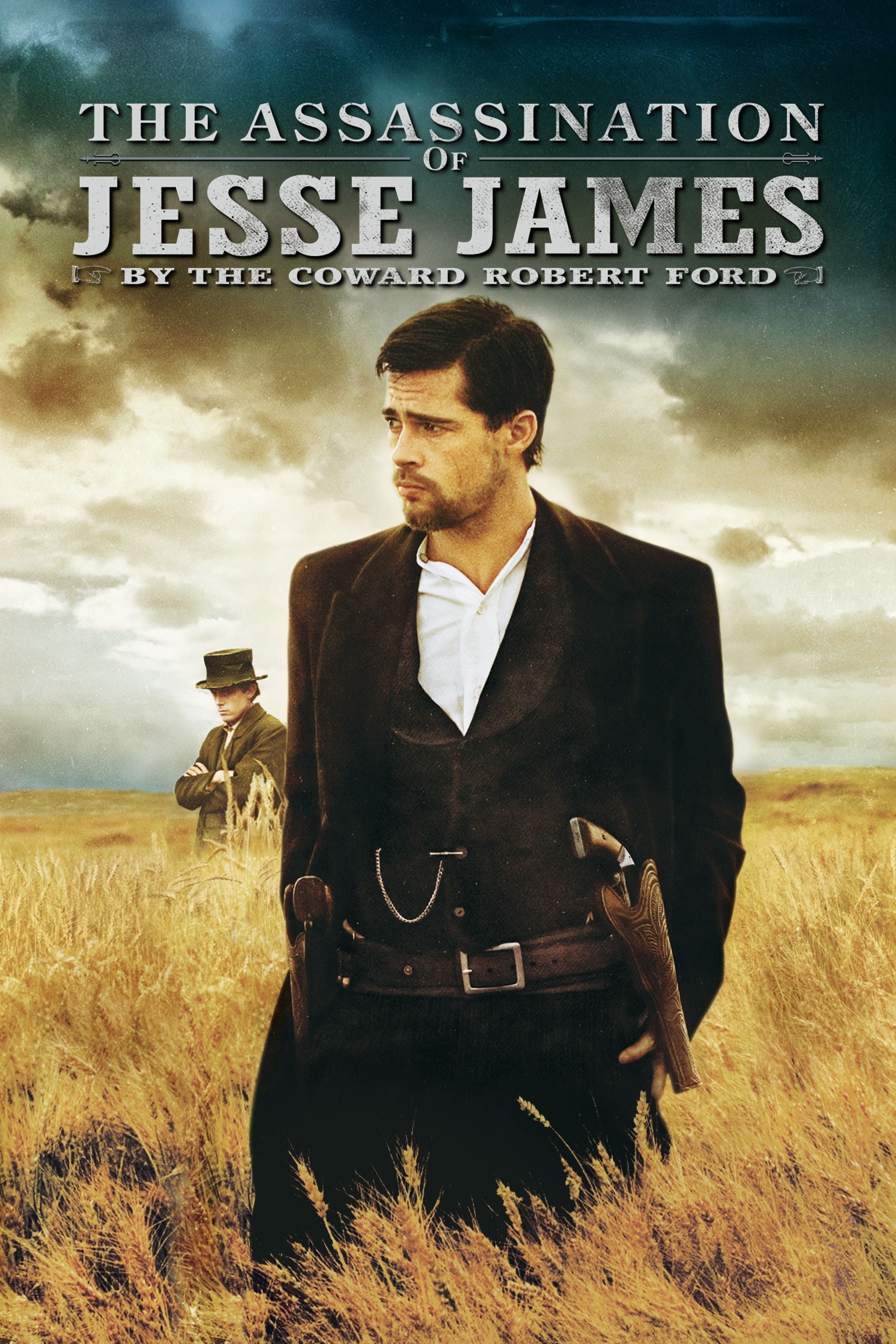
The story is told by a narrator who sounds like they’re reading a fairytale, sharing both historical facts and what the characters were thinking and feeling. This storytelling style creates a feeling that the tragic love story between the outlaw and the man who killed him was unavoidable. Director Andrew Dominik uses this approach to take apart the romanticized stories of the Old West, but still keeps a sense of sadness and beauty. The careful choice of words emphasizes the difference between how these figures were seen by the public and what their lives were actually like.
‘Y Tu Mamá También’ (2001)

Throughout a road trip across Mexico, a narrator provides outside information about the characters’ lives and the wider world, including future events and the sociopolitical climate. This voiceover disrupts the close, personal feel of the story – a young person’s journey of sexual discovery – by highlighting how temporary everything is. Director Alfonso Cuarón uses this distanced perspective to connect the characters’ personal experiences to larger historical and economic issues. What starts as a seemingly simple summer trip becomes much more complex and meaningful through this technique.
‘Hiroshima Mon Amour’ (1959)
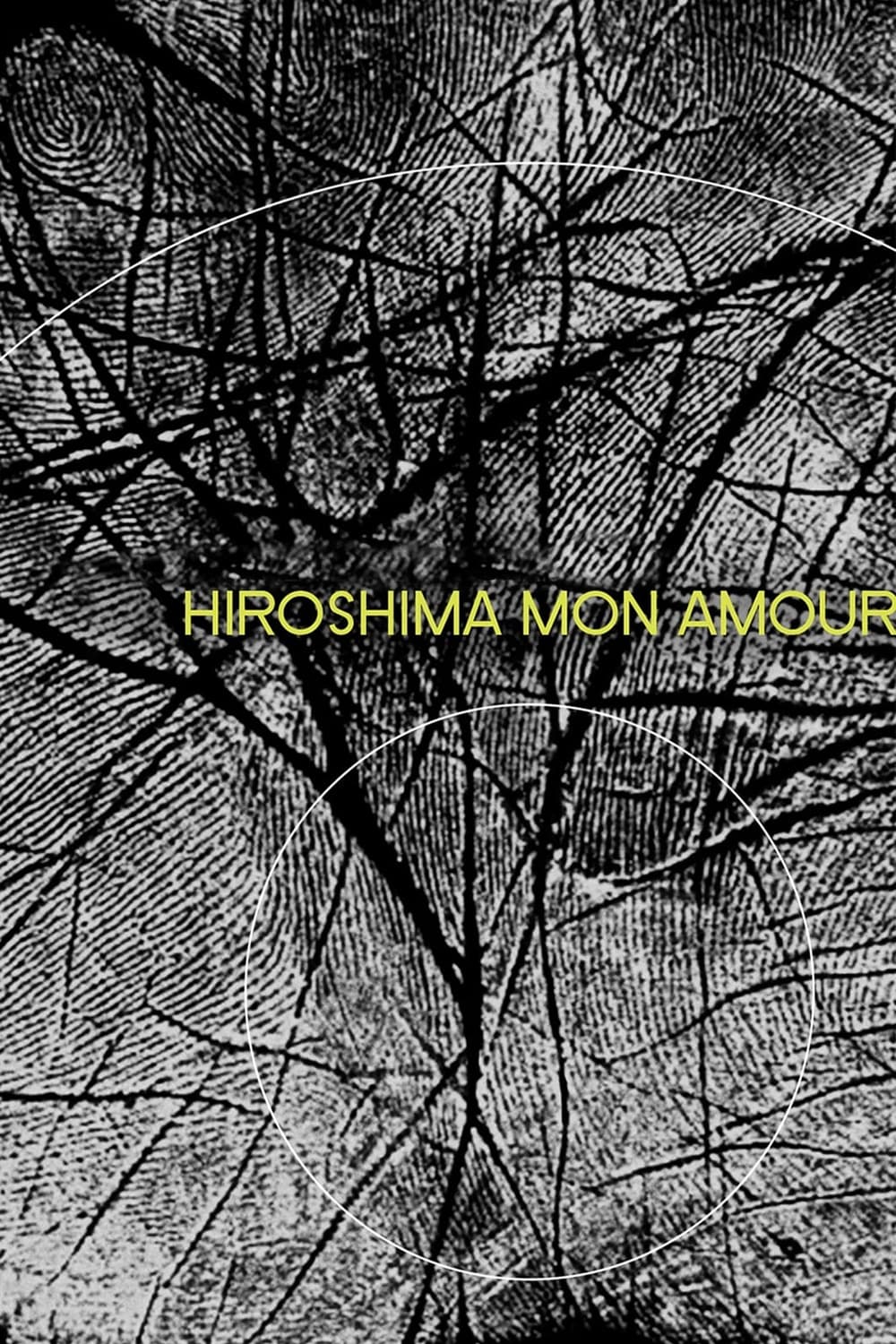
The film begins with a captivating conversation between two lovers, weaving together their memories and the lingering effects of the atomic bomb. Director Alain Resnais uses narration to intentionally mix the past and present, showing how the characters grapple with complicated feelings. The repeated phrases feel like a cycle, reflecting how trauma can keep resurfacing and make it hard to move on. This innovative technique redefined filmmaking by treating dialogue less as a way to tell the story and more as a kind of music.
‘Badlands’ (1973)
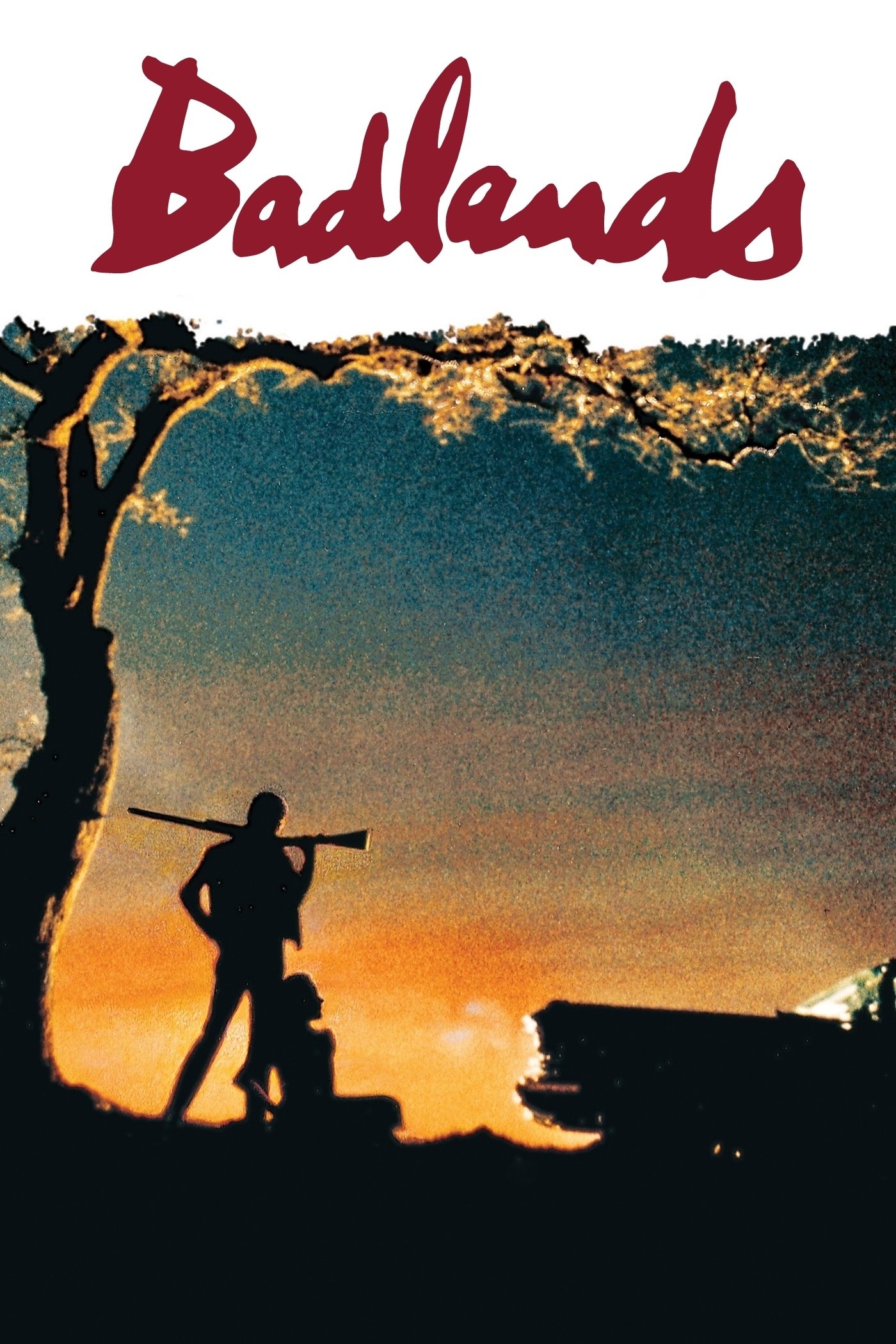
Holly Sargis describes her criminal adventures with Kit Carruthers in a strangely emotionless way, almost like a romance story. This detached narration highlights how disconnected she is from the violence around her. Director Terrence Malick uses her calm demeanor to emphasize how ordinary evil can be and how empty pop culture can feel. The difference between how she imagines their life as fugitives and the harsh truth of it creates a deeply unsettling contrast.
‘Chungking Express’ (1994)

In the vibrant city of Hong Kong, two police officers share their personal tales of lost love and yearning. Through their inner thoughts, director Wong Kar-wai examines how relationships change and don’t last. The film uses close, dreamlike voiceovers to show how lonely the characters feel, even in a busy city. This technique transforms their individual sadness into a relatable story about bouncing back from heartbreak.
‘A Clockwork Orange’ (1971)

Alex, the main character, describes his violent deeds using a unique slang called Nadsat, which is strangely charming and disturbing. Director Stanley Kubrick uses Alex’s point of view to make the audience feel uncomfortably connected to him. This unusual language creates distance, but also surprisingly pulls viewers into the thoughts of a sociopath. Even when Alex is undergoing treatment to change his behavior, the narration stays the same.
‘Taxi Driver’ (1976)
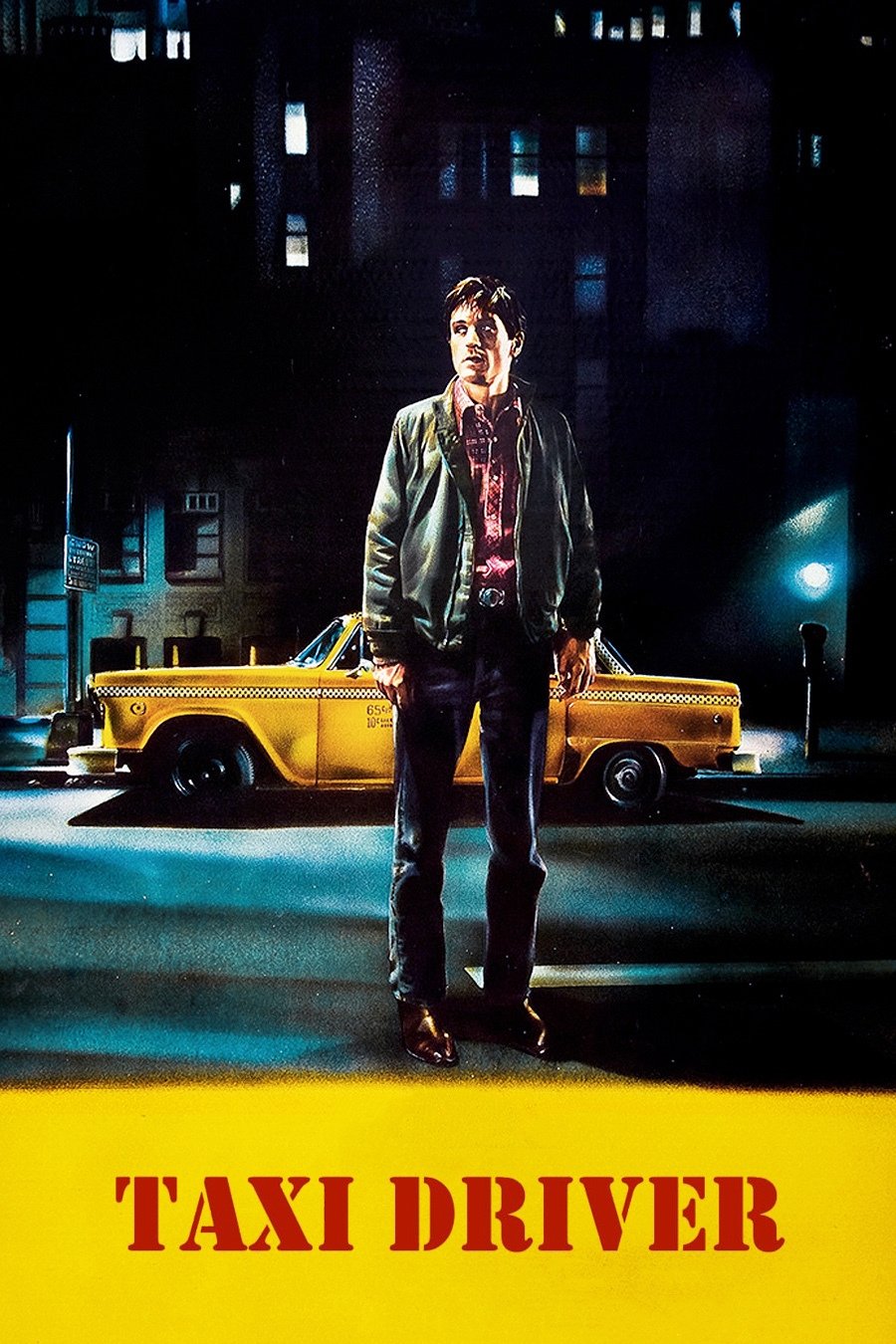
Travis Bickle’s diary entries form the basis of his dark descriptions of New York City’s grime and decline. Through his voiceover, we hear about his increasing loneliness and his growing, delusional belief that he’s meant to be a savior. Director Martin Scorsese uses these thoughts to show how a solitary man slowly falls apart mentally, driven to his breaking point. The way Travis repeats and dwells on his thoughts reinforces the feeling of being trapped in his own life.
‘The Shawshank Redemption’ (1994)

Ellis Boyd Redding’s thoughtful narration offers a look back at his friendship with Andy Dufresne during their time in Shawshank Prison. His voice guides us through the years of their imprisonment, maintaining a hopeful and resilient tone. Director Frank Darabont uses this voiceover to explore how prison changes people, and to highlight the strength of the human spirit. Redding’s calm and reassuring voice grounds the film’s emotional journey, taking us from hopelessness to ultimate redemption.
‘Sunset Boulevard’ (1950)

The story is told by Joe Gillis, even after his death, as he recounts his complicated relationship with a former silent film star. Director Billy Wilder uses this unusual storytelling approach to criticize the way Hollywood studios operated and the damaging effects of celebrity. The narrator’s sarcastic and sharp observations create a stark contrast with the dramatic events happening in the star’s eerie mansion. This sets a dark, fatalistic mood, suggesting that the characters are trapped in a tragic fate.
‘Blade Runner’ (1982)

Rick Deckard’s gritty narration sets the scene for the futuristic, noir-style Los Angeles of 2019. Through his voiceover, we learn how this world works and get a sense of his character’s tired outlook. Director Ridley Scott added this to help viewers understand the story, while also paying tribute to classic detective films. The famous monologue about tears in the rain is still considered one of the most beautiful and memorable moments in science fiction.
‘Fight Club’ (1999)

The story is told by a narrator struggling with sleeplessness who finds himself drawn into a chaotic, underground world, and he describes it all with a dark, detached wit. Director David Fincher uses the narrator’s voice to poke fun at consumerism and the challenges faced by men in modern society. Because the narrator isn’t trustworthy, he cleverly hides the film’s big surprise until the very end. His sarcastic comments create a fast-paced rhythm that keeps the movie moving.
‘Trainspotting’ (1996)

The film begins with Mark Renton’s fast-paced speech, which boldly rejects conventional society and dives into the turbulent world of heroin use. Director Danny Boyle employs this voiceover to bring a surprising amount of energy and humor to a dark and serious topic concerning young people in Scotland. Initially, the narration feels like a defiant celebration of breaking the rules, but it gradually shifts towards a more thoughtful understanding that change is necessary. The iconic ‘choose life’ speech appears at both the beginning and end of the story, highlighting Renton’s personal growth throughout the film.
‘American Beauty’ (1999)

Lester Burnham narrates the story of his final year from beyond the grave, now able to see things clearly. Through his voiceover, director Sam Mendes reveals the emptiness hidden within the typical American Dream, while also highlighting the beauty in everyday life. Lester’s tone changes from bitter annoyance to a deep appreciation for the small things, which ultimately allows the audience to find a sense of calm acceptance in the film’s tragic ending, rather than simply feeling shocked or horrified.
‘The Royal Tenenbaums’ (2001)

Alec Baldwin’s narration tells the unusual story of the Tenenbaum family as if it were a formal biography, providing a straightforward introduction to each character and their unique personalities. This detached, matter-of-fact voiceover creates a playful yet sad atmosphere, highlighting the contrast between the way the story is told and the characters’ hidden emotional struggles.
‘Amélie’ (2001)

The film begins with a narrator who playfully shares what different characters love and hate, immediately drawing us into Amélie Poulain’s charming world. Director Jean-Pierre Jeunet uses this voiceover to create a fairytale-like feeling, highlighting the beauty found in ordinary moments in Paris. The quick-paced sharing of small details builds a distinctive and vibrant visual style. The narrator acts like a friendly guide, celebrating the little acts of kindness Amélie shows to others.
Please share your favorite examples of cinematic narration in the comments.
Read More
- Deepfake Drama Alert: Crypto’s New Nemesis Is Your AI Twin! 🧠💸
- Can the Stock Market Defy Logic and Achieve a Third Consecutive 20% Gain?
- Dogecoin’s Big Yawn: Musk’s X Money Launch Leaves Market Unimpressed 🐕💸
- Bitcoin’s Ballet: Will the Bull Pirouette or Stumble? 💃🐂
- LINK’s Tumble: A Tale of Woe, Wraiths, and Wrapped Assets 🌉💸
- Binance’s $5M Bounty: Snitch or Be Scammed! 😈💰
- SentinelOne’s Sisyphean Siege: A Study in Cybersecurity Hubris
- ‘Wake Up Dead Man: A Knives Out Mystery’ Is on Top of Netflix’s Most-Watched Movies of the Week List
- Yearn Finance’s Fourth DeFi Disaster: When Will the Drama End? 💥
- Silver Rate Forecast
2025-11-28 09:22